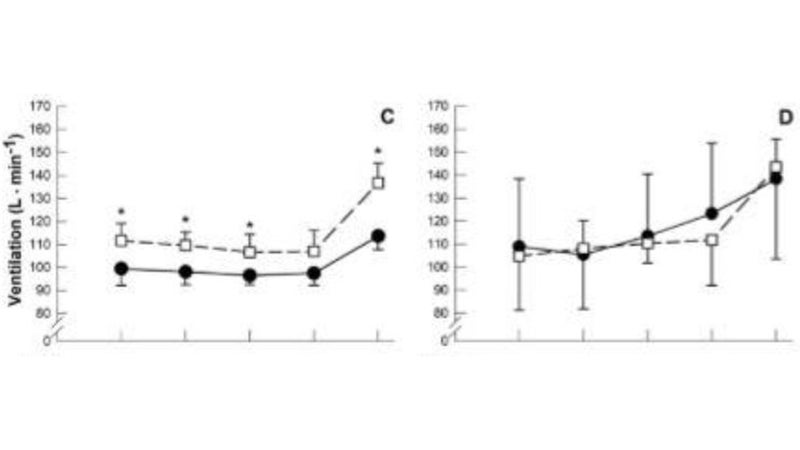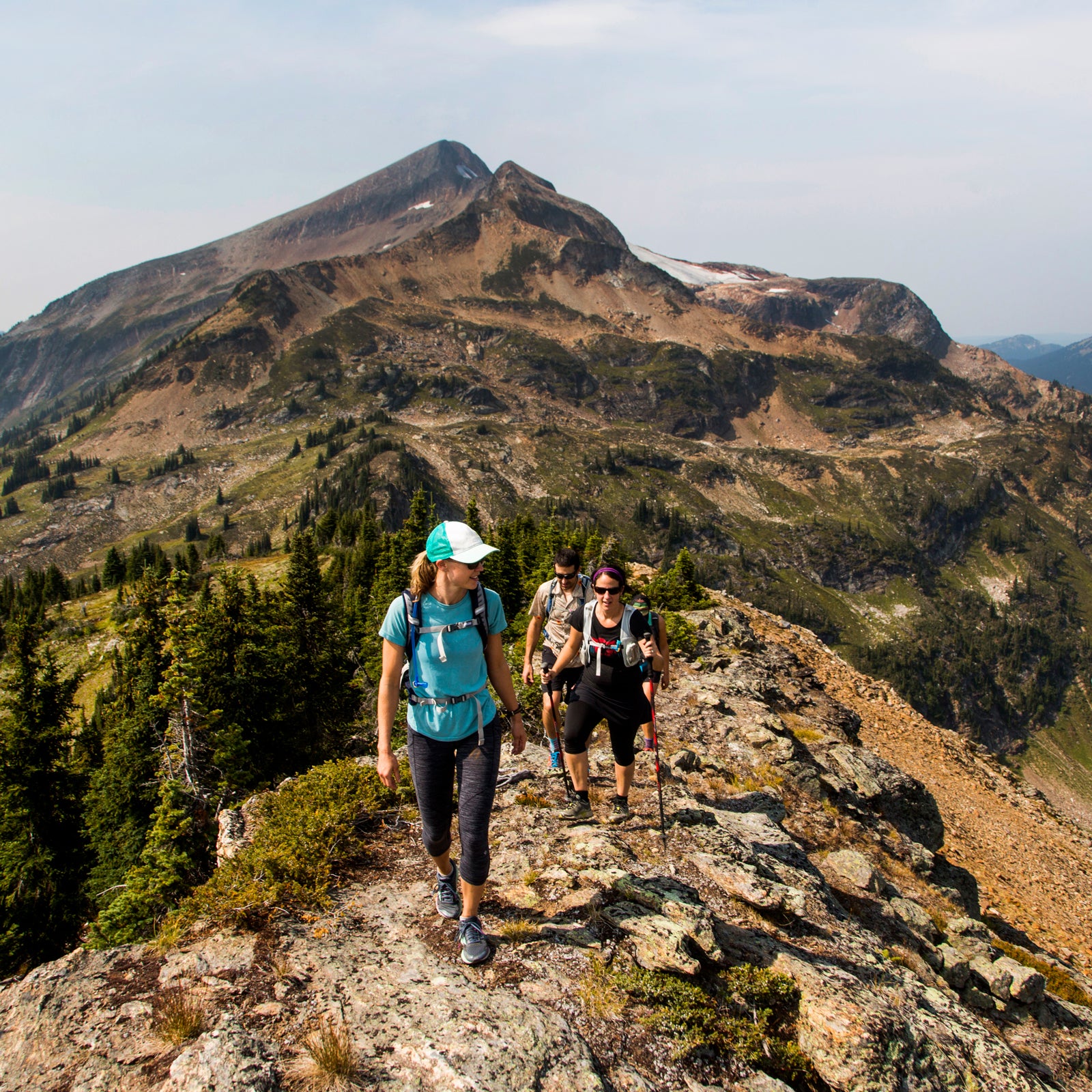It was pretty cool to get a glimpse into the details of Kilian Jornet’s Everest acclimatization plan (as I described in an article last month)—the altitude tent, the treadmill workouts with an altitude mask, the bonus week in the Alps before heading to the Himalayas, and so on. But let’s be honest: most of us have neither the time nor the resources to implement a plan like that before our own mountain adventures. The benefits of reading about it are mostly vicarious.
So let’s consider, instead, a humbler approach that’s less convincingly researched but more accessible. Or rather, reconsider it. Back in 2015, I wrote about the idea of training your breathing muscles to improve endurance performance at altitude. At the time, it was an intriguing idea backed by very patchy evidence, but a pair of new studies bolster the case.
When you head to altitude, you have to breathe more deeply and more frequently to compensate for the scarcity of oxygen in the thin air. That means the muscles you use to inhale have to work way harder than normal—in fact, those muscles consume 15 to 30 percent of the total oxygen you inhale at altitude. And they eventually get tired. So training those muscles, using a special device allows you to vary the resistance as you inhale, should prepare you to handle the extra work of breathing at altitude.
In January, a research team headed by Jesús Álvarez-Herms of the University of Barcelona of studies linking respiratory muscle training to endurance performance at altitude in Frontiers of Physiology. They found seven relevant studies, and concluded that a month or two of respiratory muscle training did indeed allow the breathing muscles to fend off fatigue for longer, kept oxygen levels in the blood higher, and increased the amount of blood flowing to the muscles used for running or cycling.
Of course, what we’re really interested in is whether it makes you faster or able to perform better. The data on that was mixed, but , this one in the International Journal of Sports Physiology and Performance, adds some encouraging findings. A group at Indiana University led by Robert Chapman put 14 endurance-trained volunteers through a pair of 20K cycling time trials at a simulated elevation of 7,000 feet, separated by six weeks of either real or sham respiratory muscle training—and it worked.
Once again, there was a significant difference in the physiological measurements. Here, for example, is the amount of air the subjects were inhaling (in liters per minute) during their time trials, at 4K intervals. The real training group is on the left, and the sham training group is on the right; the black circles show the baseline time trial, and the white squares are the post-training time trial.

Clearly the breathing muscle training allows the subjects to maintain a higher ventilation rate and consequently deliver more oxygen to their muscles. That, in turn, translates into a significant 1.4 percent improvement in their 20K times, a 33-second improvement in a ride lasting about 36 minutes. The sham group, in contrast, didn’t see any change in breathing rate, oxygen delivery, or time trial performance (they were 2 seconds slower on average in their second time trial).
It’s worth saying a few words about the training protocol they used. There are several different types of respiratory breathing training devices, with different designs and functions. The one used in this study was a “flow-resistive inspiratory muscle trainer,” a little kazoo-like tube that you breathe through that makes it hard to inhale. The device connects to an app which tells you how hard and long to inhale, provides visual feedback on how you’re doing, and determines when you’ve had enough based on your performance.
The training program consisted of up to 6 sets of 6 resisted inhalations with varying amounts of rest, and they trained three times a week for six weeks. The training group had to work at 80 percent of the maximum inspiratory pressure; the control group did exactly the same training, but at a lower level of 30 percent of max.
What’s nice about this study is the consistent story you get from the performance measures and the underlying physiological markers. Training your breathing muscles allows you to handle the enhanced breathing demands at altitude, delivering more oxygen to your muscles, and so you go faster. Nice and tidy and convincing.
It’s tempting to leave it there, but let me add one further wrinkle. Look again at that ventilation graph above. Until the very end of the time trial, the subjects in both groups, before and after the training period, are very far away from their maximum ventilation. At the 4K or 8K marks, you’d think the cyclists could simply choose to breathe a little harder. After all, in races of that duration, we seldom say “I wanted to go faster, but I simply couldn’t breathe any faster.” So if breathing is the limiting factor, why don’t they choose to breathe more, and what changes after respiratory training?
One possibility might be the emerging evidence (which I wrote about last year) that there’s a tight connection between breathing rate and subjective perception of effort. When you’re panting, that’s a convenient heuristic that tells you you’re trying really hard. But when you go to altitude, with its confusingly thin air, that heuristic misleads you. Even when you’re not working that hard, you’re panting, which convinces you that you’re reaching your limits. An alternate theory for the effectiveness of respiratory muscle training is that it accustoms you to the feeling of respiratory distress: breathing at altitude, as a result, simply doesn’t feel as hard, and you’re consequently able to go faster.
I don’t have any final answers, and I think there are still lots of unanswered questions about how respiratory muscle training works and what sort of protocol is best. But I do think these latest studies push the evidence forward a bit. If I were preparing for a high-elevation test of endurance like a race or expedition, and my budget didn’t extend to retrofitting my house as an altitude chamber, I’d seriously consider it.
My new book, , with a foreword by Malcolm Gladwell, is now available. For more, join me on and , and sign up for the .


